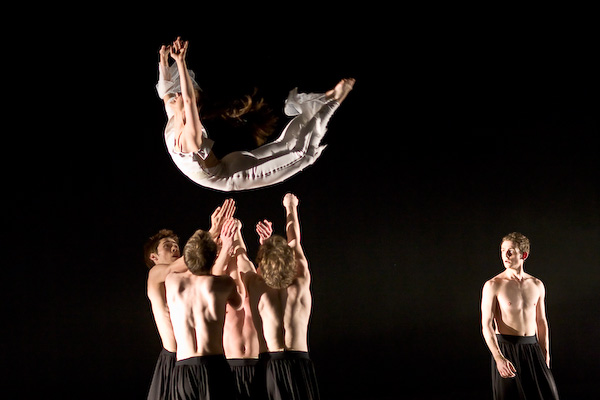Asher Kelman
OPF Owner/Editor-in-Chief
Mostly photographers have formed ideas when the shutter is released. It's a planned composition. There's even an aphorism of framing close and then cropping closer in the darkroom. The photographer is responsible for everything included and excluded. That and the way the image is developed and delivered defines the photograph. It's that and nothing else.
If we look at this and realize a further crop, quite small, makes the picture more impressive. We'd say it's the same image, just part of the normal completing of the photograph.
Now comes another person who ignores all but a small part, not the subject of the picture. Now if this is cropped, with permission, whose the "Artist" now?
I ask this since, if you believe the claims of the Dadaists, like Duchamp, (who signed a urinal and was then the artist of the signed piece), the artist of "Cropped" is the one with that vision and intent to repurpose what he found. The original creative artist in of Dada's school of artistic rebellion, gets not even a mention!
So who's art is it now?
I'd like to know what the purists who require pre-planning of the subject to share views on "Finding new compositions" within their work. So what does it mean about the photographic process. Is it made in a whim after the fact? For such a sample of a larger work, is it a work on its own or merely an illustration of the value of the larger picture.
What counts the intent and vision or the work?
Asher
If we look at this and realize a further crop, quite small, makes the picture more impressive. We'd say it's the same image, just part of the normal completing of the photograph.
Now comes another person who ignores all but a small part, not the subject of the picture. Now if this is cropped, with permission, whose the "Artist" now?
I ask this since, if you believe the claims of the Dadaists, like Duchamp, (who signed a urinal and was then the artist of the signed piece), the artist of "Cropped" is the one with that vision and intent to repurpose what he found. The original creative artist in of Dada's school of artistic rebellion, gets not even a mention!
So who's art is it now?
I'd like to know what the purists who require pre-planning of the subject to share views on "Finding new compositions" within their work. So what does it mean about the photographic process. Is it made in a whim after the fact? For such a sample of a larger work, is it a work on its own or merely an illustration of the value of the larger picture.
What counts the intent and vision or the work?
Asher



